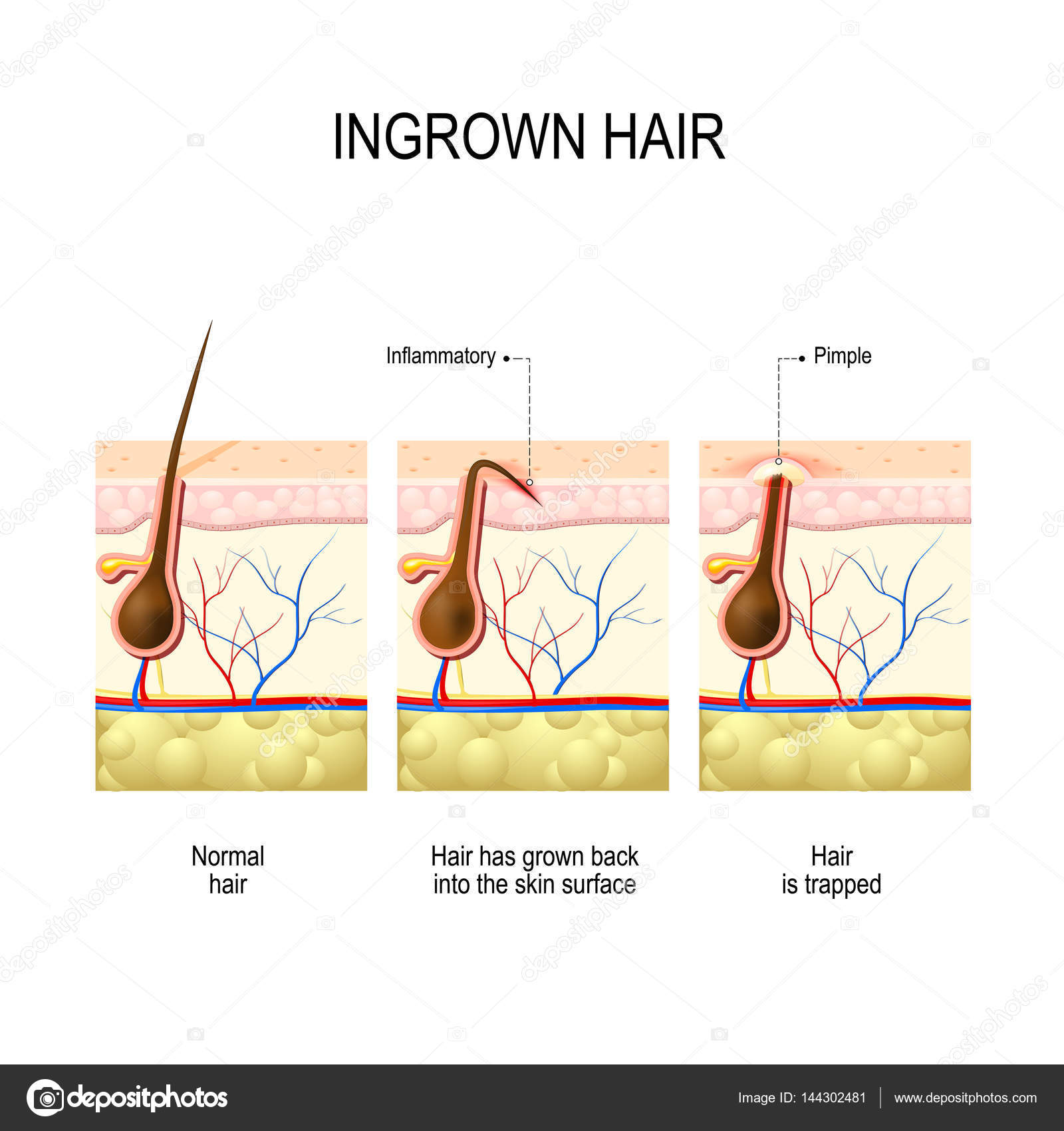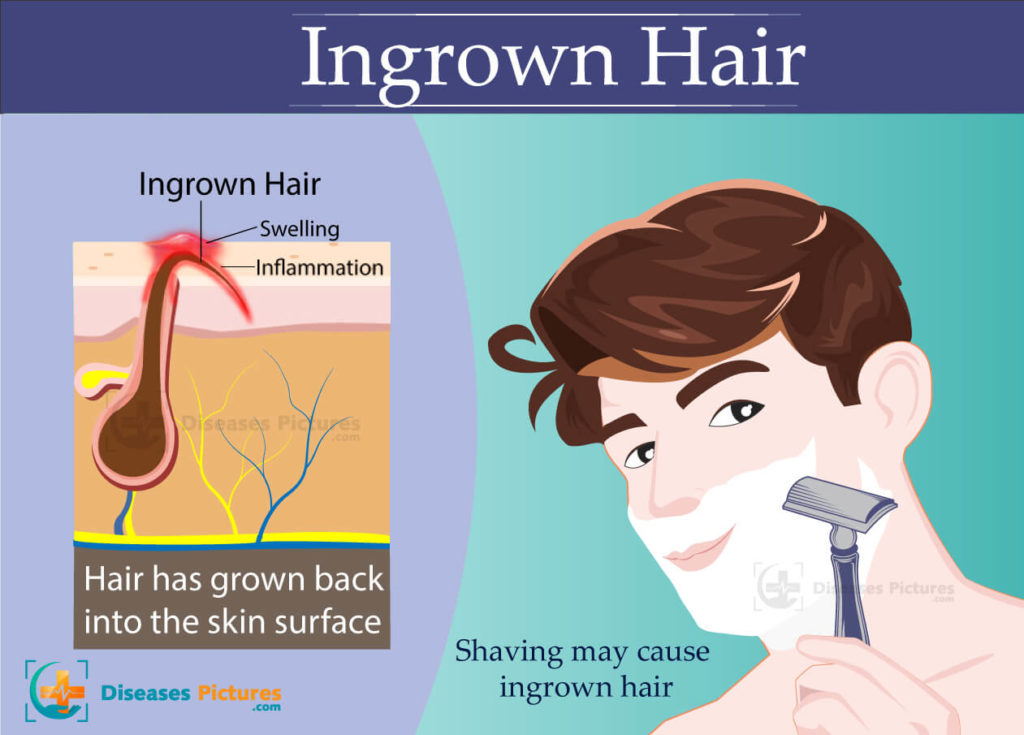Table Of Content

If the ingrown hair has an infection, the skin may appear raised and red around the hair and present with a white head. You should never squeeze or pop a boil that develops near your vagina. Try home remedies that encourage the boil to rupture and drain on its own.
How do you get rid of a vaginal boil fast?
However, people can manage symptoms by taking prescription anti-herpes medication. Some people may experience flu-like symptoms such as fever and swollen glands. Scrotal calcinosis is a harmless condition where one or more calcified nodules develop on the scrotum.
Taking Care of an Ingrown Hair on Your Breast
Recurring vaginal boils may require a certain antibiotic or be a symptom of an underlying condition. You may also be given a test to check for sexually transmitted infections (STIs). A pilonidal cyst is a non-contagious skin condition — you can’t spread it (just like a pimple).
When to See a Healthcare Provider
When the hair regrows, it may become trapped within the skin, growing farther inward instead of outward and forming a little bump. A doctor may only recommend treatment if the cyst seems infected or is causing issues such as pain. If shaving worsens your condition, you might want to try a chemical hair removal product (depilatory), such as Nair, Magic, others. Prompt treatment can be lifesaving in the case of skin cancer, severe skin infections, and other serious skin issues. Skin cysts often contain keratin, a protein that keeps skin strong and flexible.

An infected ingrown hair can develop into a pustule, which is a small, raised bump filled with pus. Pustules are typically red and may be painful or tender to the touch. They're most commonly found on the back, face, shoulders, upper chest, and areas prone to sweating, like armpits. Ingrown hairs typically resolve on their own, but they might require treatment to reduce the risk of possible complications. Practicing certain skincare habits can help prevent ingrown hairs from developing.
What Is an Ingrown Hair Cyst? And How to Get Rid Of It - Parade Magazine
What Is an Ingrown Hair Cyst? And How to Get Rid Of It.
Posted: Thu, 07 Sep 2023 07:00:00 GMT [source]
How do you remove an ingrown hair?
Pregnancy does not cause boils, but certain hormonal and immune system changes could contribute to boils during pregnancy. Apply a warm compress to the area several times a day to encourage the boil to drain. Depending on your symptoms and the size of the boil, your healthcare provider may prescribe antibiotics. If you have recurring boils, your healthcare provider may collect a sample of the drainage to see what kind of bacteria is causing the infection.

17 Best Ingrown Hair Treatments (Tested & Reviewed for 2024) - Cosmopolitan
17 Best Ingrown Hair Treatments (Tested & Reviewed for .
Posted: Tue, 23 May 2023 07:00:00 GMT [source]
Trying to remove them can sometimes interfere with the healing process and cause them to last longer. You can also try other hair removal methods that are less likely to lead to ingrown hairs. Those include creams that dissolve hair and a laser or electric current (electrolysis) to remove the hair follicle for good. You can prevent ingrown hairs by using gentler hair removal methods and resisting the urge to scratch or pick at them. Exfoliating scrubs can also help release trapped hairs and smooth skin.
How to Remove Infected Ingrown Hair
This does not, however, mean you have to stop breastfeeding, unless you want to. Ingrown hairs are a result of damage to the hair follicles. If you have diabetes or a weakened immune system for any reason and develop a boil, contact your healthcare provider.
Health
An ingrown hair cyst is a common skin concern that arises when a hair, instead of growing outwards, curls back and burrows into the skin. “This trapped hair triggers the body’s inflammatory response, leading to a bump or cyst formation,” says Dr Kuri. Infected ingrown hairs can also manifest as papules, which are small, solid, raised bumps that may be red or pink in color. A cyst from an ingrown hair can range from a small, painless lump to a large, infected growth. You may have a higher risk for ingrown hairs and related infections if your hair is naturally coarse or curly. These hair types are more likely to curl back into the skin when growing out after hair removal.
In cases where treatment is needed, a doctor will figure out the best course for you. Folliculitis is the inflammation of hair follicles due to an infection, injury, or irritation. It is characterized by tender, swollen areas that form around hair follicles, often on the neck, breasts, buttocks, and face. Boils (also referred to as furuncles) are pus-filled lesions that are painful and usually firm.
Staph is typically present in your skin flora, but it can’t cause an infection unless it enters a break in the skin. To prevent the chance of formation of an ingrown hair, some simple steps and procedures should be taken before applying any hair removal method. For severe itching caused by the ingrown hair, anti-itching creams and oral painkillers can be prescribed.
“Sometimes, the trapped hair itself may be visible within the bump. In some cases, the cyst might appear white or yellow, which could indicate the presence of pus, signifying an infection,” says Dr Kuri. While both skin lumps may heal without treatment, home care or surgery to remove the boil or cyst may be needed. Treatment for a boil can involve using antibiotics to treat the infection. A cyst usually doesn't need treatment unless it causes pain or prevents you from doing normal tasks. If an individual has developed an MRSA infection that is resistant to certain antibiotics, a doctor can recommend other treatments.
It may result, for example, from removing hair from the bikini line. Ingrown hairs tend to develop in areas of hair removal, including the pubic area. They may happen after a person shaves, waxes, or tweezes the hair.
If ingrown hairs continue to form, see a healthcare professional to rule out any underlying causes. They may also recommend more permanent hair removal methods, such as laser hair removal, to help reduce your risk of ingrown hairs and bumps. The infection caused by, staph can be treated with oral or topical antibiotic. An incursion can also be made on the side of the boil to drain the pus, dead skin cells and other fluids.

No comments:
Post a Comment